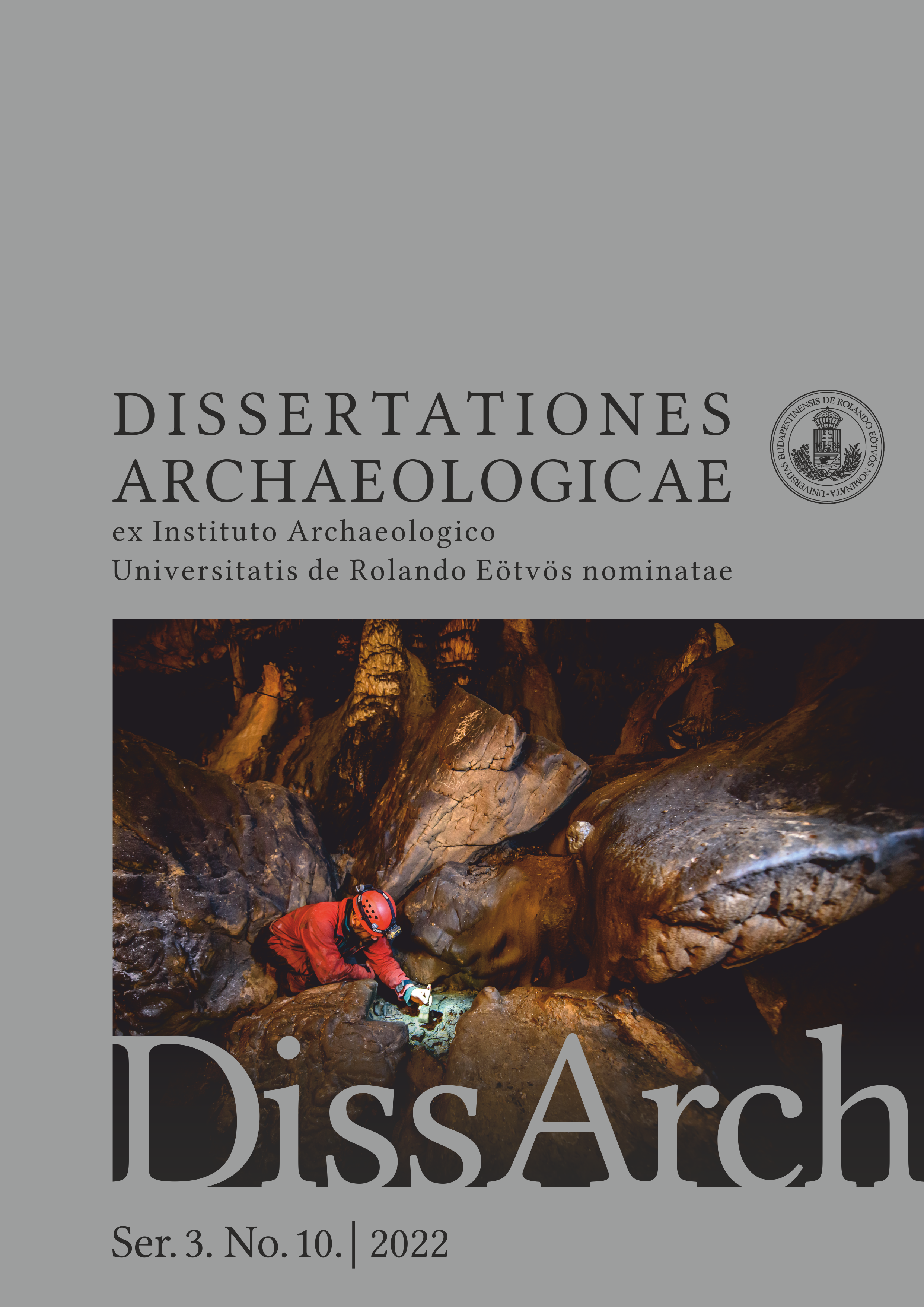Published 2023-03-31
Keywords
- Pannonia, Brigetio, civil town, excavation, a quarter century
How to Cite
Abstract
Brigetio, along the Danube limes, was one of the four legionary bases of Pannonia and, thus, one of the most important settlements of the province. The excavations conducted by the Eötvös Loránd University and the Klapka György Museum of Komárom lasted 25 years (1992–2016) and yielded unparalleled information about the spatial structure and the temporal setting of the Roman municipium. Numerous high-standard domestic buildings with hypocaust heating systems and figurative wall paintings were brought to light by the excavations. Besides, traces of several workshops were discovered, including a metal and a secondary glass workshop and a bakery. Based on the countless small finds collected during the excavations, the civil town seems to have existed from the turn of the 1st and 2nd centuries AD to after the mid-3rd century AD when the inhabitants abandoned the municipium. The heyday of the settlement can be dated to the first half of the 3rd century AD; most findings and building remains came from this period. This paper summarizes the results of each excavation season with drawings and references to the most important small finds.


